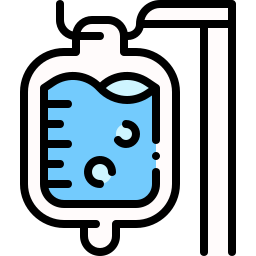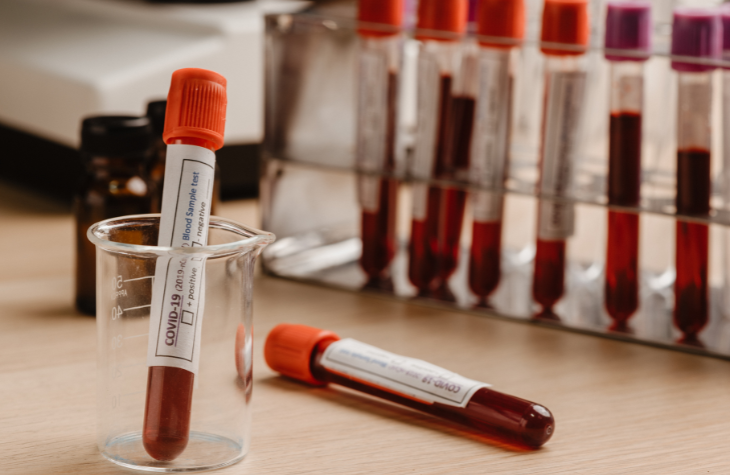In recent years, the opioid crisis has cast a spotlight on powerful drugs like fentanyl. Originally developed as a prescription pain reliever, this synthetic opioid is now infamous for its extreme potency and high risk of overdose. Today, opioid use disorder impacts over 16 million people worldwide, highlighting the urgent need for awareness and education to help prevent addiction.
A question that often arises is: “How long does fentanyl stay in your system?” To answer that, it’s important to explore how fentanyl works and how it’s processed by the body.














